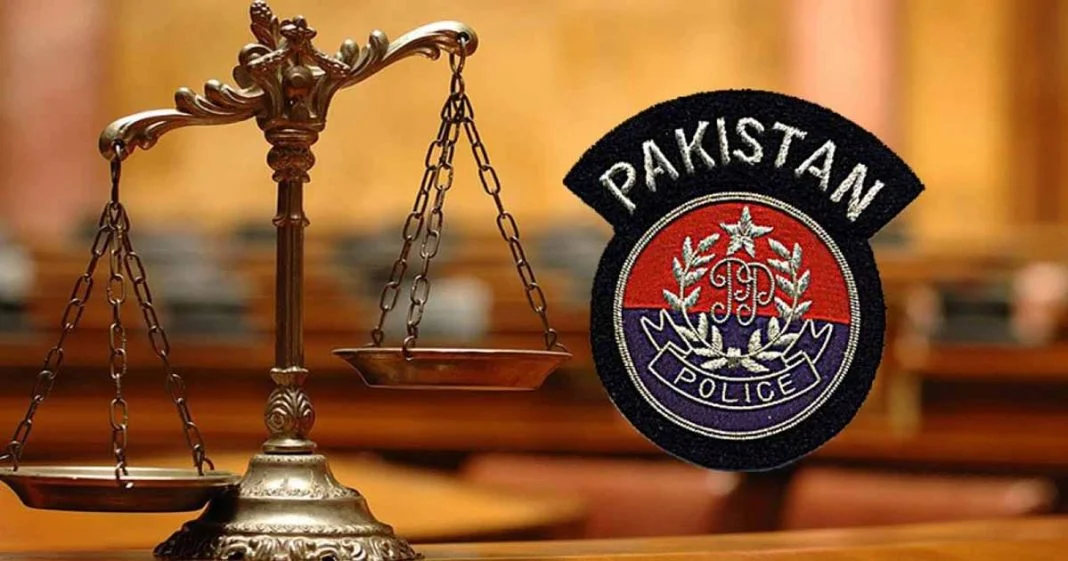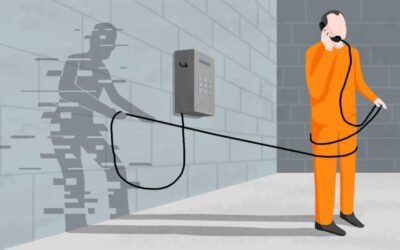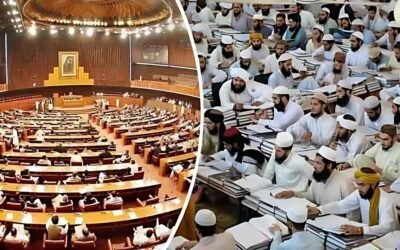In any city, safety remains a top concern. People want to know whether crime is rising or falling. They depend on the police to provide accurate information. However, in Pakistan, understanding urban crime trends can be complicated. Official police statistics often fail to present the full picture. This can conceal real dangers and hinder efforts to combat crime effectively. This article provides an investigative look at city crime statistics and the reforms aiming to change the situation.
The Problem with Official Data
Official crime statistics in Pakistan often differ from what people observe and experience daily. This gap makes it difficult to trust the numbers. Police data mainly rely on First Information Reports (FIRs), which are formal complaints. However, many crimes go unreported or are not accurately recorded.
Reasons for this hidden side of crime include:
- Underreporting by Citizens: Many people do not report crimes to the police. This can be due to:
- Lack of Trust: Citizens often distrust the police. They believe the police are corrupt or will not help them. Surveys show police are consistently viewed as one of the most corrupt institutions in Pakistan. Only 3% of respondents in one study believed police treat everyone equally or respect rights.
- Fear of Harassment: Victims might fear police harassment, abuse, or being wrongly blamed for the crime, especially women in cases of sexual assault.
- Stigma: Reporting certain crimes, like rape, carries a huge social stigma in Pakistan, leading to severe underreporting.
- “Thana Culture”: The term “thana culture” describes the poor conditions, corruption, and mistreatment often present at police stations. This deters people from going there.
- Financial Cost: Some people report that there’s a “financial cost of doing business with the police,” implying bribes are often needed to register an FIR.
- Non-Registration by Police: Police sometimes refuse to register FIRs. This can happen if:
- Political Pressure: Influential people might stop police from registering cases against their allies. The FIR can be used as a “tool of oppression” by powerful elites against the weak.
- To Show Low Crime: Police might avoid registering cases to make their station’s crime rate look lower, giving a false picture of safety.
- Lack of Resources: Police may lack the resources, training, or motivation to investigate all crimes properly, leading to non-registration or incomplete investigations.
Because of these issues, official data often only represents a small part of the actual crime happening in cities.
Real Urban Crime Trends
- Despite the skewed official data, observable trends emerge. Major cities such as Karachi, Lahore, Faisalabad, and Rawalpindi experience a mix of crimes. Although specific, accurate national real-time data is difficult to access publicly, studies and media reports highlight certain urban crime patterns.
- Street Crime Dominates: Robberies, mobile phone snatching, and vehicle theft (especially motorbikes) are common in big cities. These crimes affect daily life and create a sense of insecurity. In Lahore, motorbike snatching and theft are very high in certain areas.
- Property Crimes: These remain a significant issue, including burglaries and carjacking.
- Violent Crime: Murders, attempted murders, and abductions occur in urban centers. In 2019, Lahore saw 379 murders and 2,650 abductions.
- Organized Crime: Cities also deal with fraud, drug trafficking, smuggling, money laundering, and extortion.
- Rising Crime Rates: Pakistan’s crime statistics show a general increase over time, partly due to unemployment, poverty, rising prices, and urbanization. There is a direct link between crime and unemployment.
The actual figures are likely much higher than officially reported due to the underreporting problems.
The Impact on Citizens
The hidden crime trends and lack of reliable data deeply affect citizens:
- Fear and Insecurity: People live in constant fear of street crime and violence, which affects their daily routines and limits movement, especially for women and during specific hours.
- Mistrust in Justice: When crimes go unreported or are not properly investigated, public trust in the justice system declines. Citizens may then rely on informal justice mechanisms, which further undermine state institutions.
- Economic Loss: Crime leads to financial losses for victims and businesses. It can also deter investment and slow economic growth in cities.
- Quality of Life: High crime rates reduce the overall quality of life, making cities less pleasant places to live and work.
Why the Silence?
The police often prefer to keep certain crime figures low or avoid reporting them fully. This “silence” serves several purposes:
- Performance Metrics: Police performance is often judged by official crime rates. Lower rates look good to senior officers and political leaders.
- Political Pressure: Governments want to project an image of stability and control. High crime rates can lead to public unrest and opposition criticism.
- Lack of Resources: Acknowledging higher crime rates would require more resources, staff, and better training, which police departments might lack.
This pressure to maintain an artificially low crime rate means real problems are often swept under the rug.
Reforms Changing the Game
Recognizing the deep issues, police departments in Pakistan have started reforms, often using technology, to improve transparency and public trust.
- Digitalization of Police Processes: The Punjab Police has led in digitalizing many operations. This includes:
- Police Station Record Management System (PSRMS): Digital records for internal police work.
- Digital Crime Record Office (e-CRO): Electronic records of criminals.
- Digital FIRs: Police officers can now use digital copies of FIRs with QR codes. Five digital copies are now mandated, including one for the District Public Prosecutor.
- Digital Diaries: Daily police reports (Roznamcha) can be maintained digitally.
- Digital Evidence: Courts are pushing for evidence collection through video and photos.
- Safe Cities Projects: Cities like Lahore have set up “Safe City Projects” with large-scale CCTV cameras and command centers. These projects aim to:
- Improve Monitoring: Cameras help monitor traffic and identify criminals. Lahore has over 319,978 crimes entered with geo-tagged data.
- Enhance Response: Integrated command centers improve police response to incidents.
- Increase Transparency: The goal is to bring more transparency and automation to police work.
- However, challenges remain: Despite these efforts, only 7% of urban citizens who reported a crime through PSCA’s ’15’ emergency number had their cases formally resolved. Many still prefer informal ways.
- Citizens-Police Liaison Committees (CPLCs): In Karachi, CPLCs are non-political bodies that help citizens engage with police. This model is suggested for other parts of Pakistan to build trust.
The Road Ahead
Improving urban crime data and making police work more transparent is a long process. It needs ongoing effort.
- Full Digitalization and Training: All police departments need to adopt digital systems and train staff fully. This ensures data is accurate and not easily manipulated.
- Independent Oversight: Strong, independent bodies are needed to check police performance and handle complaints. This builds public trust and reduces abuse of power.
- Community Policing: Police need to work closely with local communities. This helps gather better information and builds trust, making people more willing to report crimes.
- Address Root Causes: Solving underlying problems like unemployment, poverty, and inflation is crucial. These factors often drive urban crime.
By truly embracing transparency and technology, and by focusing on community trust, Pakistan’s police can move beyond hidden crime stats. They can work towards real safety and justice for all citizens.
References
- SPC RD. (n.d.). General Public Perception Regarding Police Department and Factors That Influence Police Image in Public.
- Humanity Publications. (n.d.). Citizens’ Expectations of Police in Punjab: Introduction.
- Human Rights Watch. (2016, September 27). “This Crooked System”: Police Abuse and Reform in Pakistan.
- PBS. (2013, May 28). The Stigma of Reporting a Rape in Pakistan.
- ResearchGate. (2022, October). Hotspot analysis of urban crimes in Data Ganj Bakhsh Town, Lahore, Pakistan
- Wikipedia. (n.d.). Crime in Pakistan.
- J-PAL. (n.d.). Safe Cities: Improving the Citizen-Police Interface in Pakistan.
- RSIL. (2024, February 19). Digitalisation of the Criminal Justice Processes by Amending Police Rules.







